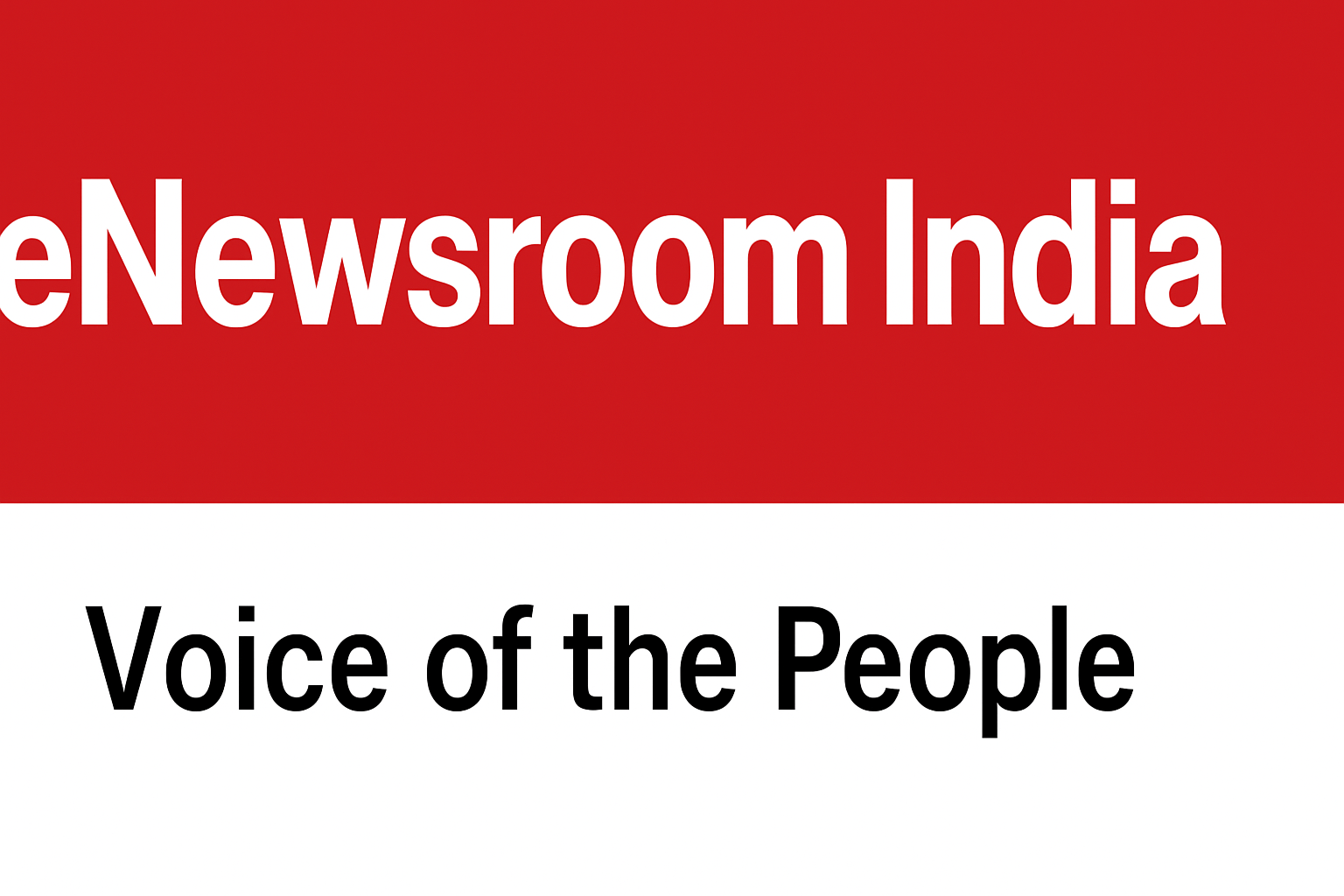Delhi: When the fireworks faded this Diwali, Delhi woke to a choking haze. City monitors recorded a 24-hour average Air Quality Index (AQI) around 345–350, while PM₂.₅ spikes reached hundreds of µg/m³ (hourly peaks reported as high as 675 µg/m³ in parts of the city), levels many times above safe limits. These readings pushed large swathes of the capital into the “very poor” or “severe” categories, forcing schools to keep children indoors and sending thousands with respiratory problems to clinics.
Firecrackers, weather and lax enforcement
The immediate cause was the familiar one: fireworks during Diwali added a large pulse of fine particles to already poor winter air, and calm, cool weather trapped those pollutants near the ground. Although the Supreme Court allowed limited bursting of “green crackers” designed to emit fewer pollutants, reporting from multiple outlets found the rules widely ignored and enforcement patchy — so the intended benefit did not materialize.
How ordinary Delhiites are coping
People adapt in small ways: masks, air-purifiers, shortened outdoor routines, moving exercise indoors, and tracking AQI apps before stepping out. Street vendors cover wares, parents postpone children’s outdoor play, and clinics report higher cases of cough, asthma attacks and wheeze. Still, many cannot avoid outdoor exposure because of jobs or commutes.
Five-year snapshot (Diwali period: pre- and post-Diwali PM₂.₅; AQI notes)
| Year | Pre-Diwali PM₂.₅ (µg/m³) | Post-Diwali PM₂.₅ (µg/m³) | Notes / AQI (CPCB / media) |
|---|---|---|---|
| 2021 | 163.1 | 454.5 | Severe spikes; worst in recent years. India Today |
| 2022 | 129.3 | 168.0 | Moderate post-Diwali rise. India Today |
| 2023 | 92.9 | 319.7 | Large spike reported in Delhi stations. India Today |
| 2024 | 204.0 | 220.0 | Elevated baseline and post-festival levels. India Today |
| 2025 | (pre) ~? / (night) — | peak ~675 (hourly); 24-hr avg AQI ~345–350 | Post-Diwali peak PM₂.₅ ~675 µg/m³; CPCB/AQI readings ‘very poor’/‘severe’. ETHealthworld.com+1 |
Is Delhi the world’s most polluted city? Major global trackers (IQAir’s World Air Quality Report) repeatedly place Delhi among the top polluted cities and list it as one of the most polluted capital cities in recent years.
How dangerous is AQI ≈400 (or PM₂.₅ hundreds µg/m³)?
At those levels, even healthy adults can get throat irritation and cough; sensitive groups — children, older adults, people with heart or lung disease — face marked increases in asthma attacks, COPD exacerbations, hospitalisations and even short-term increases in mortality. WHO and public-health authorities warn that brief exposure to very high PM₂.₅ dramatically raises acute health risk for children and the elderly.


